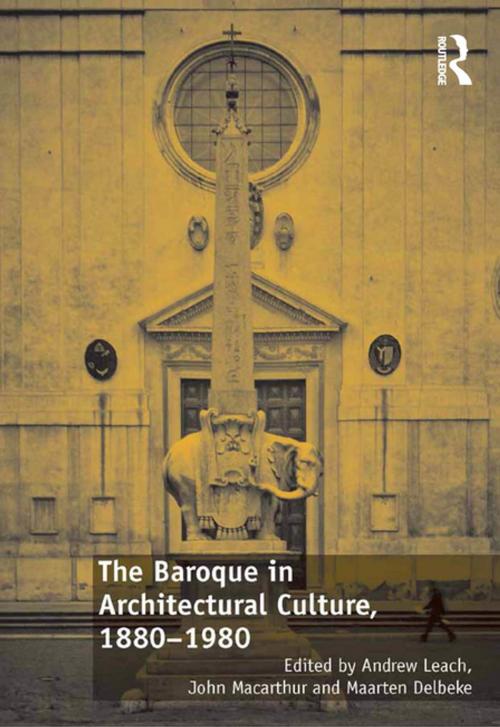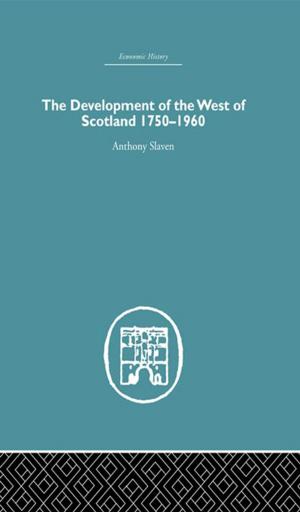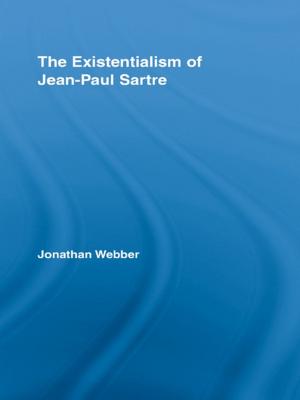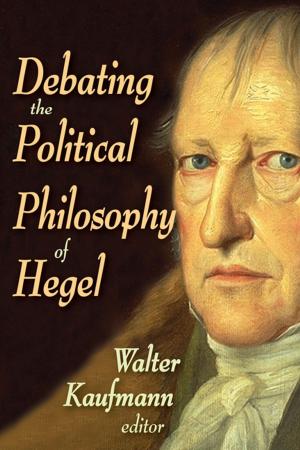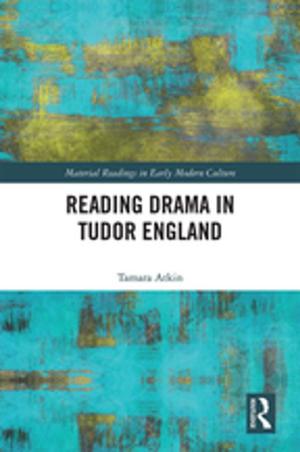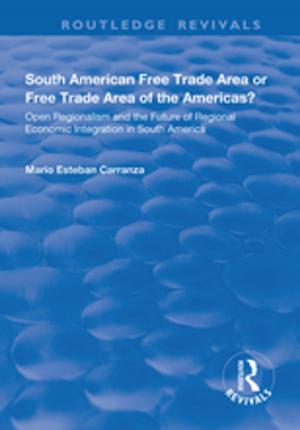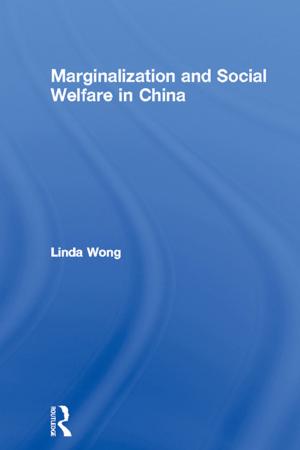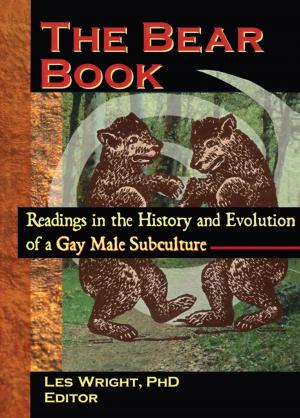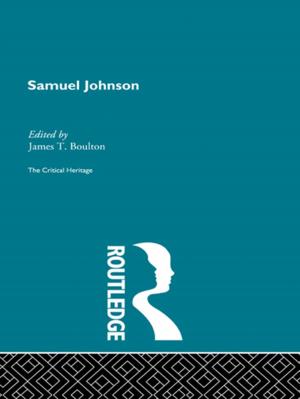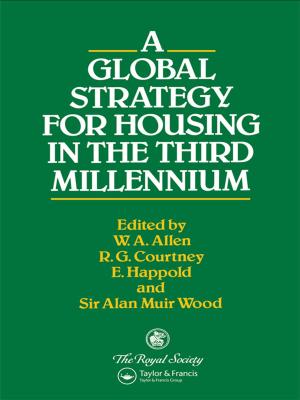The Baroque in Architectural Culture, 1880-1980
Nonfiction, Art & Architecture, Architecture, History| Author: | Andrew Leach, John Macarthur | ISBN: | 9781317040590 |
| Publisher: | Taylor and Francis | Publication: | March 9, 2016 |
| Imprint: | Routledge | Language: | English |
| Author: | Andrew Leach, John Macarthur |
| ISBN: | 9781317040590 |
| Publisher: | Taylor and Francis |
| Publication: | March 9, 2016 |
| Imprint: | Routledge |
| Language: | English |
In his landmark volume Space, Time and Architecture, Sigfried Giedion paired images of two iconic spirals: Tatlin’s Monument to the Third International and Borromini’s dome for Sant’Ivo alla Sapienza. The values shared between the baroque age and the modern were thus encapsulated on a single page spread. As Giedion put it, writing of Sant’Ivo, Borromini accomplished 'the movement of the whole pattern [...] from the ground to the lantern, without entirely ending even there.' And yet he merely 'groped' towards that which could 'be completely effected' in modern architecture-achieving 'the transition between inner and outer space.' The intellectual debt of modern architecture to modernist historians who were ostensibly preoccupied with the art and architecture of earlier epochs is now widely acknowledged. This volume extends this work by contributing to the dual projects of the intellectual history of modern architecture and the history of architectural historiography. It considers the varied ways that historians of art and architecture have historicized modern architecture through its interaction with the baroque: a term of contested historical and conceptual significance that has often seemed to shadow a greater contest over the historicity of modernism. Presenting research by an international community of scholars, this book explores through a series of cross sections the traffic of ideas between practice and history that has shaped modern architecture and the academic discipline of architectural history across the long twentieth century. The editors use the historiography of the baroque as a lens through which to follow the path of modern ideas that draw authority from history. In doing so, the volume defines a role for the baroque in the history of architectural historiography and in the history of modern architectural culture.
In his landmark volume Space, Time and Architecture, Sigfried Giedion paired images of two iconic spirals: Tatlin’s Monument to the Third International and Borromini’s dome for Sant’Ivo alla Sapienza. The values shared between the baroque age and the modern were thus encapsulated on a single page spread. As Giedion put it, writing of Sant’Ivo, Borromini accomplished 'the movement of the whole pattern [...] from the ground to the lantern, without entirely ending even there.' And yet he merely 'groped' towards that which could 'be completely effected' in modern architecture-achieving 'the transition between inner and outer space.' The intellectual debt of modern architecture to modernist historians who were ostensibly preoccupied with the art and architecture of earlier epochs is now widely acknowledged. This volume extends this work by contributing to the dual projects of the intellectual history of modern architecture and the history of architectural historiography. It considers the varied ways that historians of art and architecture have historicized modern architecture through its interaction with the baroque: a term of contested historical and conceptual significance that has often seemed to shadow a greater contest over the historicity of modernism. Presenting research by an international community of scholars, this book explores through a series of cross sections the traffic of ideas between practice and history that has shaped modern architecture and the academic discipline of architectural history across the long twentieth century. The editors use the historiography of the baroque as a lens through which to follow the path of modern ideas that draw authority from history. In doing so, the volume defines a role for the baroque in the history of architectural historiography and in the history of modern architectural culture.
